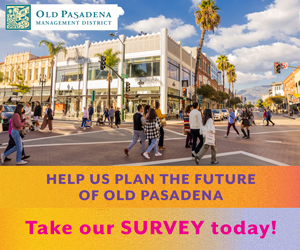
Developing a vaccine that could decrease rates of infection, disease and death worldwide is a critical part of addressing the COVID-19 global health crisis. Equally important is helping ensure vaccines reach the people and communities that are disproportionately impacted by COVID-19. Evidence continues to show that some racial and ethnic minority groups have been disproportionately affected by the COVID-19 pandemic.
A recent analysis by the Centers for Disease Control and Prevention (CDC) of COVID-19-associated deaths, found that while Hispanics or Latinos make up 18.5% of the U.S. population, they accounted for 24.2% of COVID-19-associated deaths from May to August 2020.1 Hispanics were the only racial and ethnic group among whom the overall percentage of COVID-19-associated deaths increased between May and August, growing from 16.3% in May to 26.4% in August.1
According to the CDC, one reason for the increased risk for Hispanics or Latinos is social determinants of health.1 Social determinants of health are conditions in the places where people live, learn, work and play that affect a wide range of health risks and outcomes.
For example, many Hispanics or Latinos work in frontline jobs in grocery stores, waste management, cleaning and sanitation services, and food delivery, putting them at constant exposure to people or materials that may be infected with COVID-19.2 Hispanics or Latinos are also the largest population segment without health insurance coverage in the United States, leaving those with symptoms or with a positive COVID-19 test with limited access to needed health care.2 Housing is also a contributing factor, as 25% of Hispanics or Latinos live in multigenerational households (compared with only 15% of non-Hispanic white people), which may make it challenging to take precautions to protect older family members or to isolate those who are sick if space in the household is limited.2
“We know that Hispanics or Latinos are among those who have seen higher rates of COVID-19, more severe COVID-19 illnesses, hospitalizations and increased mortality,” notes Dr. Alejandra Gurtman, Vice President of Vaccine Clinical Research and Development at Pfizer. “As a native of Argentina, I am proud to be a part of such important work including research to help combat COVID-19, because when I think about the importance of delivering a vaccine to fight COVID-19, I think about my family and my community — this is personal for me.”
PP-CVV-USA-0043 © 2020 Pfizer Inc. All rights reserved. November 2020
__________________________
1 Gold JA, Rossen LM, Ahmad FB, et al. Race, Ethnicity, and Age Trends in Persons Who Died from COVID-19 — United States, May–August 2020. MMWR Morb Mortal Wkly Rep. 2020;69:1517–1521. doi:10.15585/mmwr.mm6942e1
2 Calo WA, Murray A, Francis E, Bermudez M, Kraschnewski J. Reaching the Hispanic Community About COVID-19 Through Existing Chronic Disease Prevention Programs. Prev Chronic Dis. 2020;17:200165. doi:10.5888/pcd17.200165














